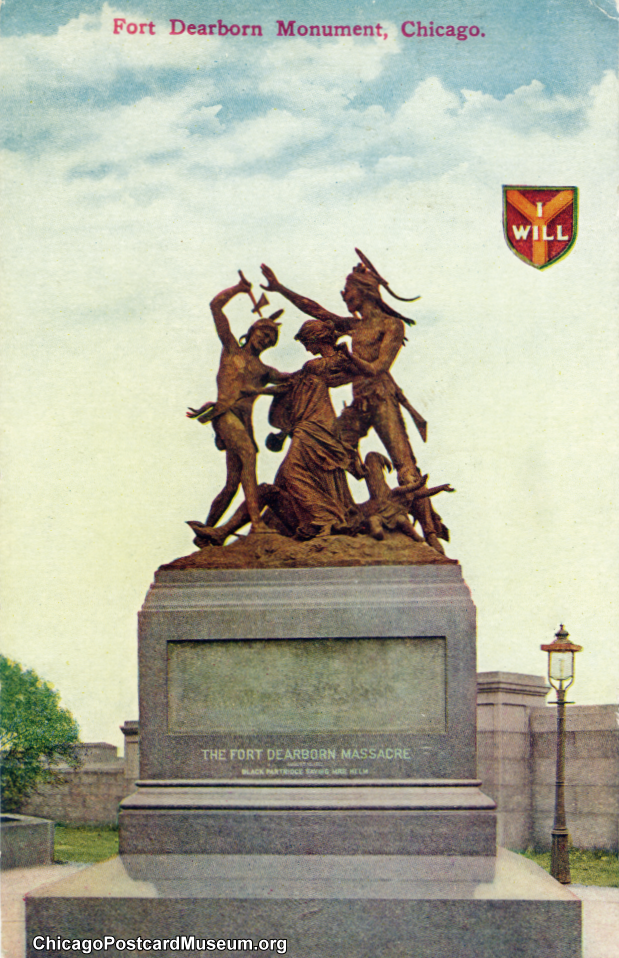The Pullman Palace Car Co. built the 75-foot rail car, number 4438, in 1893 for $25,000 ($843,000 today). It was a unique new design for rail dining cars and thus was featured at the 1893 World's Columbian Exposition.
At the time it was built, the car was affectionately named Isabella by the Pullman Company. When visiting the rail car, you are taken back to a simpler time of railroad travel, when the journey was more important than the destination. With its original leaded glass windows and mahogany woodwork, this palace car was one of only 4 cars on the "Pride of the Burlington's Flyer" train.
The Flyer train was so successful that it was commissioned by the United States to serve our 26th president, Teddy Roosevelt. The Isabella escorted President Roosevelt from coast to coast from about 1903 through 1913. Upon campaigning for the 1912 presidential election, Teddy Roosevelt defected from the republican party and started the progressive party. While on the campaign trail, one day, while giving a speech from the train, Teddy was the victim of an assassination attempt and was severely wounded. Despite a bullet in his chest, he stood his ground and finished his speech. When taken to the hospital, he said: "I'm tough as a bull moose, and I will continue this campaign." This statement is the origin of the current name for the Bull Moose Bar and Grille.
As time passed, the Isabella was retired and sold to Henry Tattersol at a government auction in California in 1931 for $75. Tattersol had a vision of opening a diner using the train car. In 1934 the Isabella was moved to the southwest corner of Main and Church Streets in Sandwich, Illinois and opened as a small diner with its entrance on Route 34.
A year later, it was moved east across the street to its present location. It was known to the locals as "The Diner" for many years. Many famous people have hung their hats on the original brass hooks that once served the president of the United States.
Tattersall opened a small ice cream stand on the east end of The Diner in 1937 and held a naming contest. Charlotte Fields' name was chosen, and it was called The Humpty Dumpty.
 |
| The Bull Moose Bar & Grille, 202 South Main Street, Sandwich, Illinois. |
In 2010 a year-long major renovation was undertaken to restore the Isabella to its original glory and modernize the bar and dining room into the incredible structure you can enjoy today.
sidebar
Pullman Palace Car Company named the dining car the "Isabella." Restautant names were The Diner, Wright's Diner, Paul's Diner, Cucina Plata, Kelly's Pub, American Grill, and today, the Bull Moose Bar & Grille, 202 South Main Street, Sandwich, Illinois.
Compiled by Dr. Neil Gale, Ph.D.





